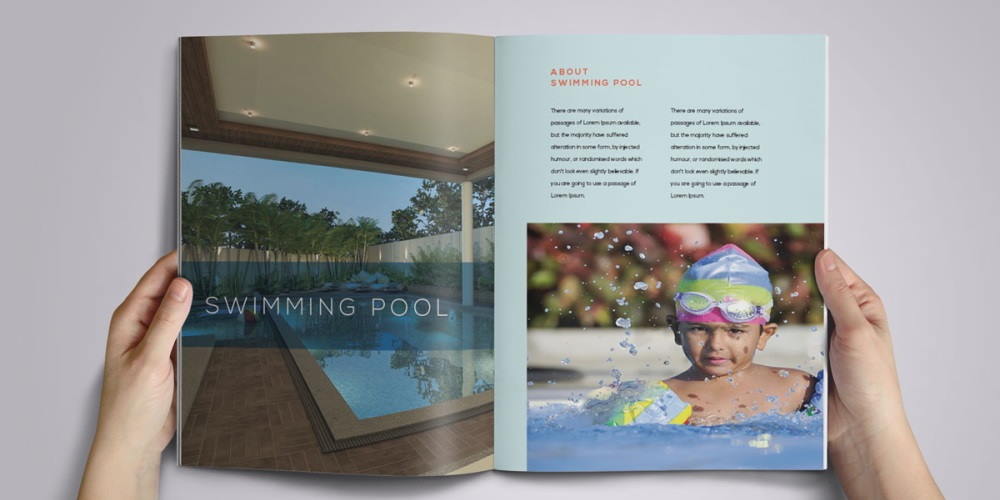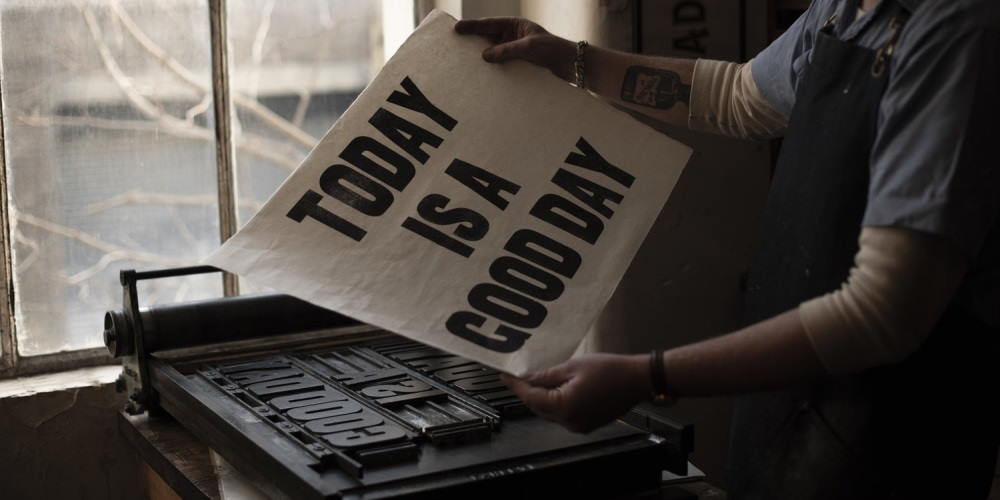Cross-media marketing is also known as “multi-channel marketing” or “integrated marketing”. It could be a radio advert which alerts listeners to a new billboard campaign which in turn drives people to a landing page on their website or a Direct Mail pack which promotes a competition which is entered via a Facebook page.
It’s not about how many channels you use; it’s about using the right ones. An effective cross media campaign will use the most appropriate channels and more often than not, will include social media. Clear campaign goals, careful planning, a good database and creative flair are the essential requirements for effective cross channel campaigns.
We’ve seen some great uses of this type of marketing, especially around high profile events like the Olympics. To boost the sales of souvenirs, all around London and Olympic arenas were posters with a QR code printed on them so spectators could scan the codes to find the nearest shop.
The QR code landing pages were mobile-friendly and not only included maps and store locations, but also links to the London 2012 Olympics social media pages. The landing pages offered the viewer the ability to make a mobile purchase right from their mobile phone instead of visiting the store itself.
Even the Chelsea Flower Show had an entire garden based around a QR code and this year will display a code on each garden sign that links to a page with a host of digital information.










